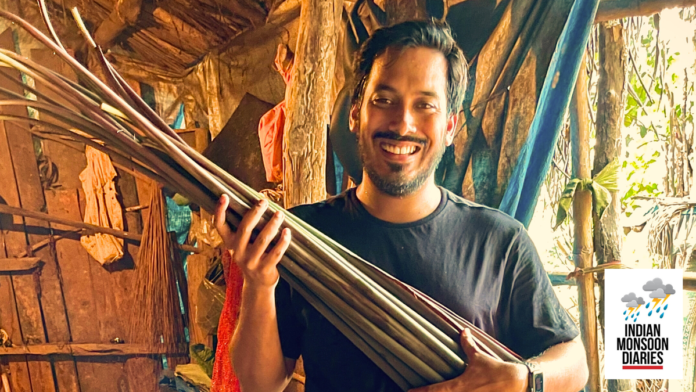I first stumbled upon shevla, or dragon stalk yam, about seven years ago while wandering through Bhaji Galli on Grant Road in Mumbai. Its otherworldly, almost alien appearance immediately caught my eye. Intrigued and curious, I decided to bring it home and try my hand at cooking it. What followed was a culinary misadventure I’ll never forget.
After preparing and cooking the shevla, I eagerly took a bite, only to experience an intensely painful, itchy sensation that spread through my mouth and throat. Bewildered and slightly alarmed, I returned to the market the next day to seek advice from the vendor who sold it to me. With a hearty laugh, he explained that shevla, available only for a few short weeks during the monsoon, contains toxins that cause itching if not cooked properly. He also introduced me to kakad, another monsoon vegetable that neutralises these toxins when cooked together with shevla, making it safe and delicious to eat.
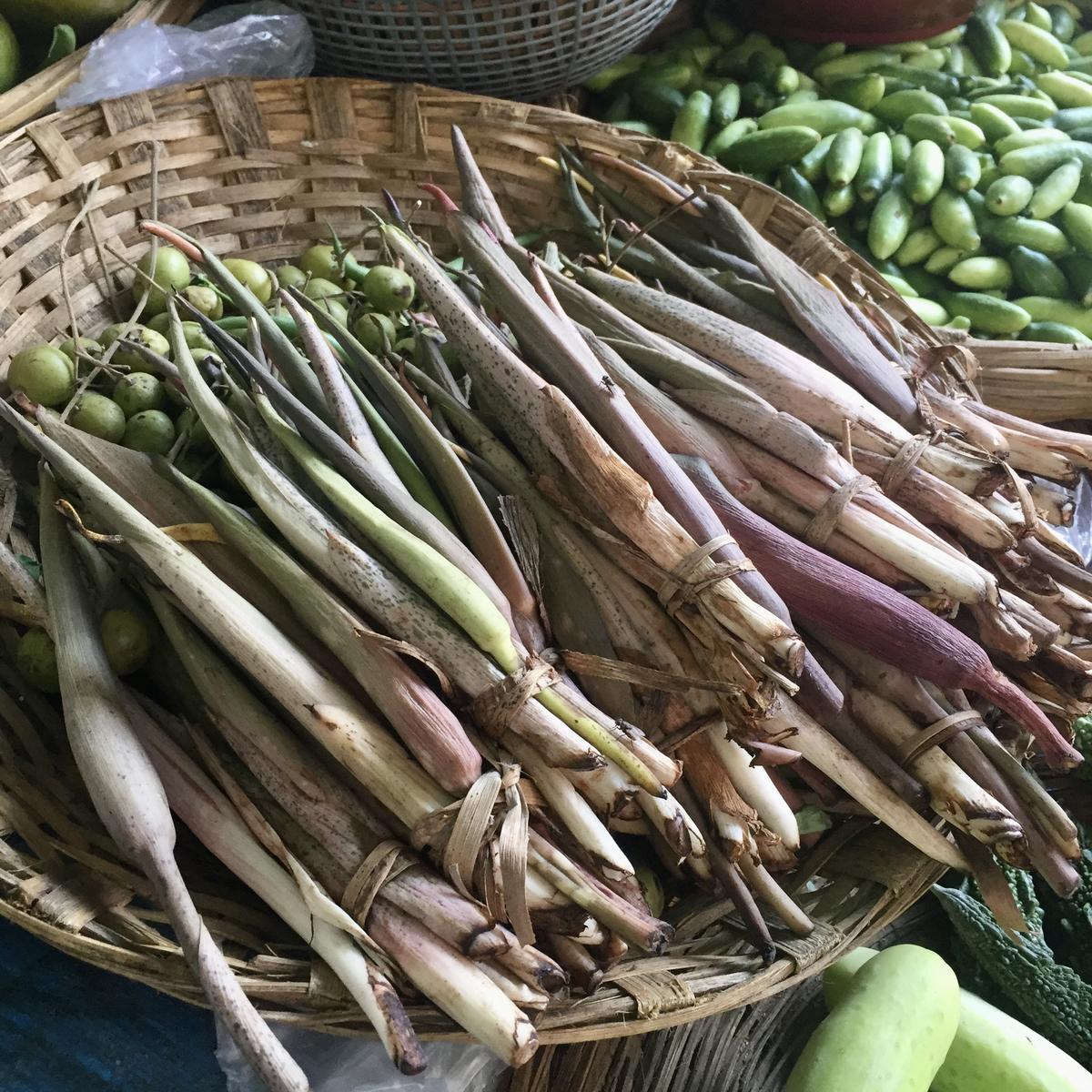
Shevla at the market
| Photo Credit:
Thomas Zacharias
I recently shared a video about shevla on Instagram, recounting this encounter, and the lessons I learned. The reel went viral, amassing nearly 80,000 views, which didn’t surprise me. I chose shevla not only to highlight its brief availability and its earthy umami rich flavour, but also because its distinctive properties and the mishap associated with it make for a great story. However, in an era where virality is necessary to grab people’s attention, what about the less enigmatic vegetables? How do we ensure they receive the recognition they deserve?
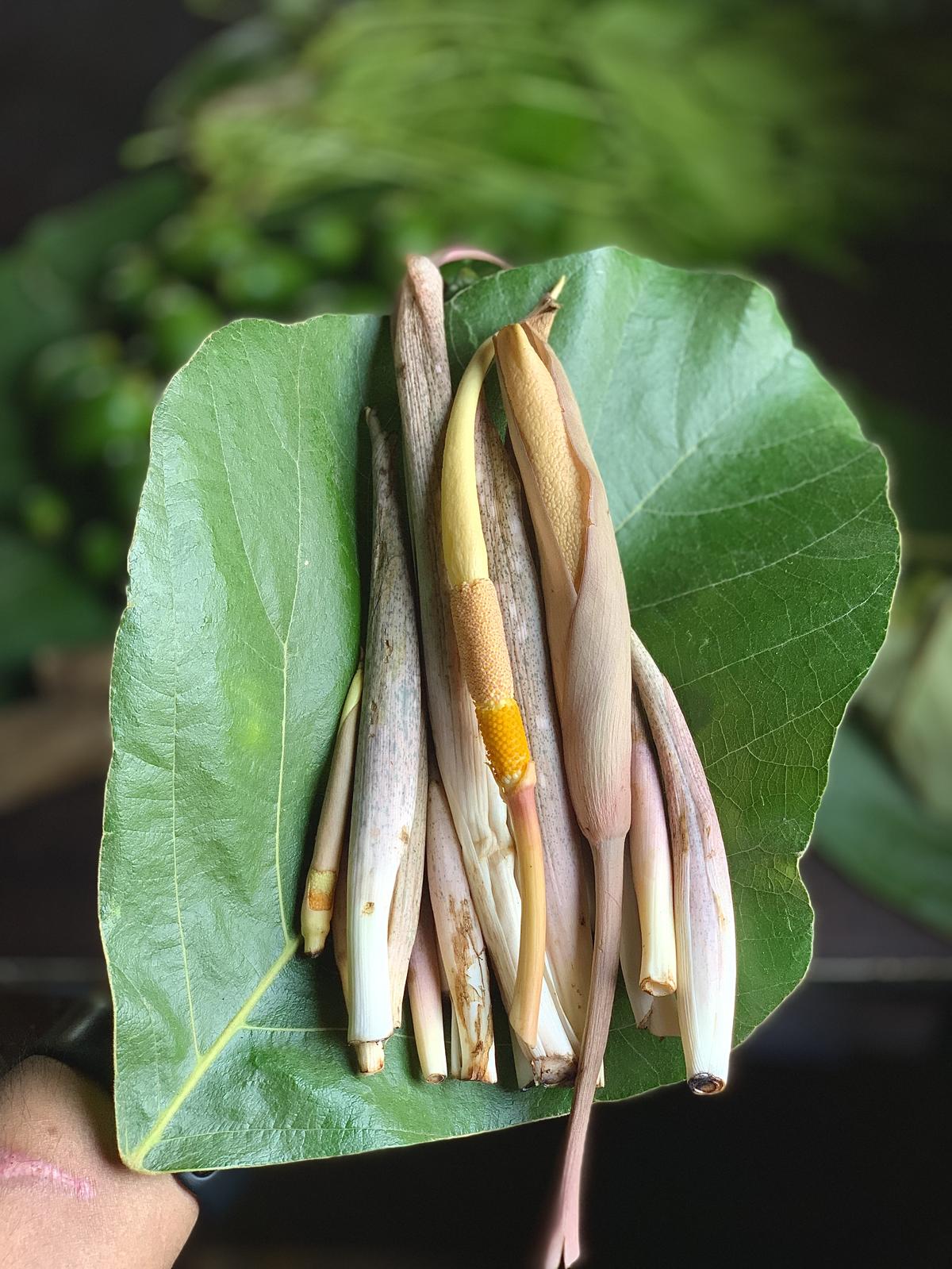
Shevla at a home in Palghar district in Maharashtra
| Photo Credit:
Thomas Zacharias

The decade of discovery
Ten years ago, I started the hashtag #KnowYourDesiVegetables to promote awareness and appreciation of India’s incredible local produce. Many hyper-seasonal vegetables are slowly being forgotten, and the diversity on our plates is shrinking. It’s ironic that while India boasts a rich array of unique vegetables, we are more familiar with imported ones like broccoli and avocado. There’s a growing disconnect with the everyday vegetables available in our local markets, and it’s crucial to address this.
Monsoon vegetables are not only flavourful but are packed with specific nutrients that help maintain health and protect against common monsoon ailments. Travelling through 25 states across India over the last decade, I’ve come across so many of these vegetables that are hardly eaten anymore.
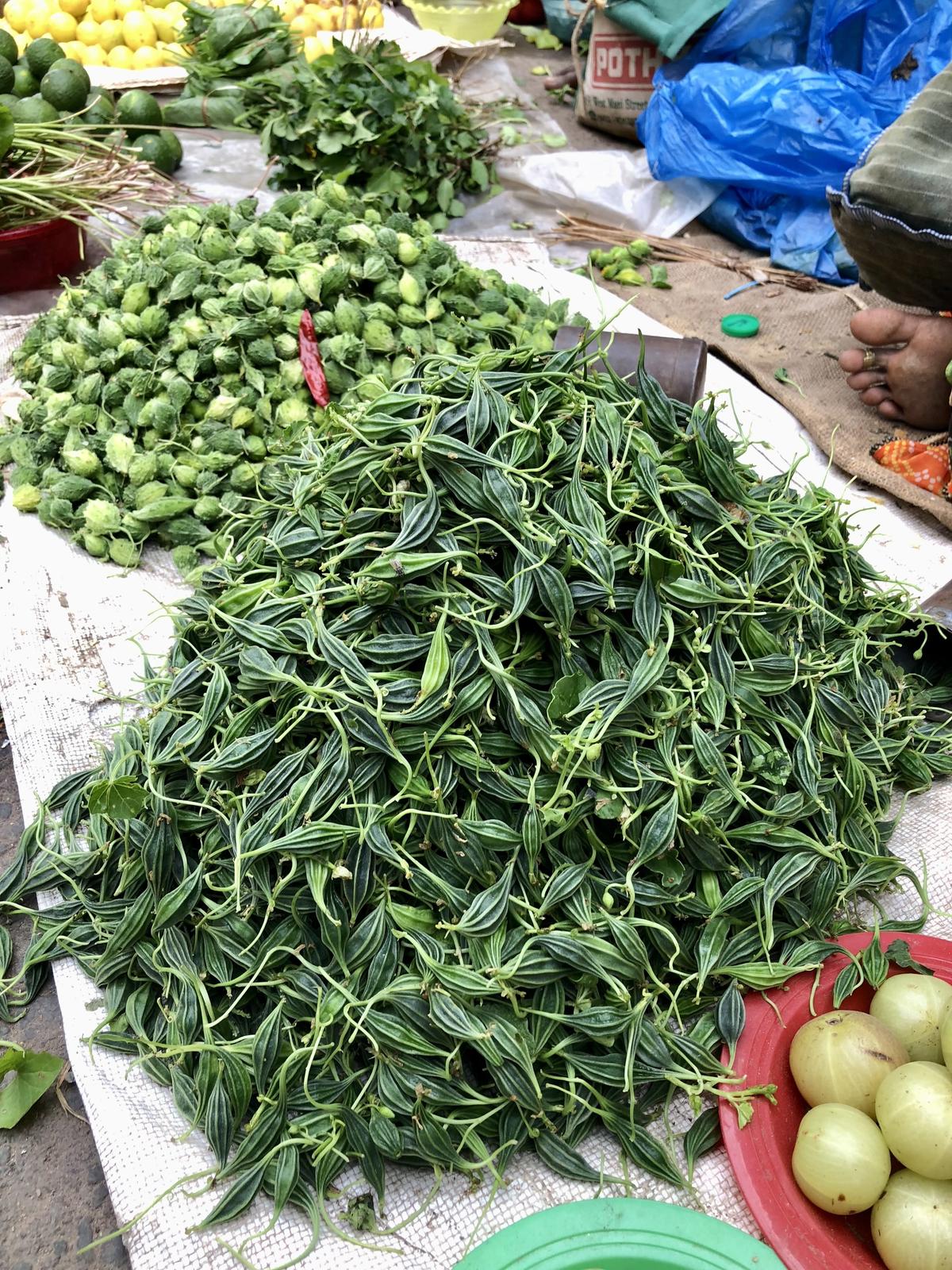
Avarakkai at a roadside market in Madurai, Tamil Nadu
| Photo Credit:
Thomas Zacharias
Most unusual, not most expensive
In Maharashtra, kantola, a fluorescent green spiny gourd remains relatively popular, but phodshi bhaji, or mountain knotweed, is elusive. Inspired by its distinctly vegetal flavour and spring onion-like crunch, I successfully showcased it as a salad green at The Bombay Canteen where I’ve previously helmed the kitchen, pairing it with red chilies, shrimp, peanuts, and a pungent kasundi mustard dressing.
Avarakkai, commonly known as broad beans, is frequently used in Tamilian cuisine during this time of the year, appearing in dishes like stir-fries, sambhar, and poriyal. In contrast, athalakkai, a wild vegetable from the same family as bitter gourd, is less commonly cooked. Known for its healing properties, especially for diabetic patients, athalakkai is delicious when pickled, cooked in a poriyal or kulambu, or dried with buttermilk and fried into vathal. In Assam, dhekia xaak, or fiddlehead ferns, are a monsoon delight known for their tangy flavour and versatility, but kochur loti or maan-kosu (taro stolons) remain relatively unknown among today’s youth.
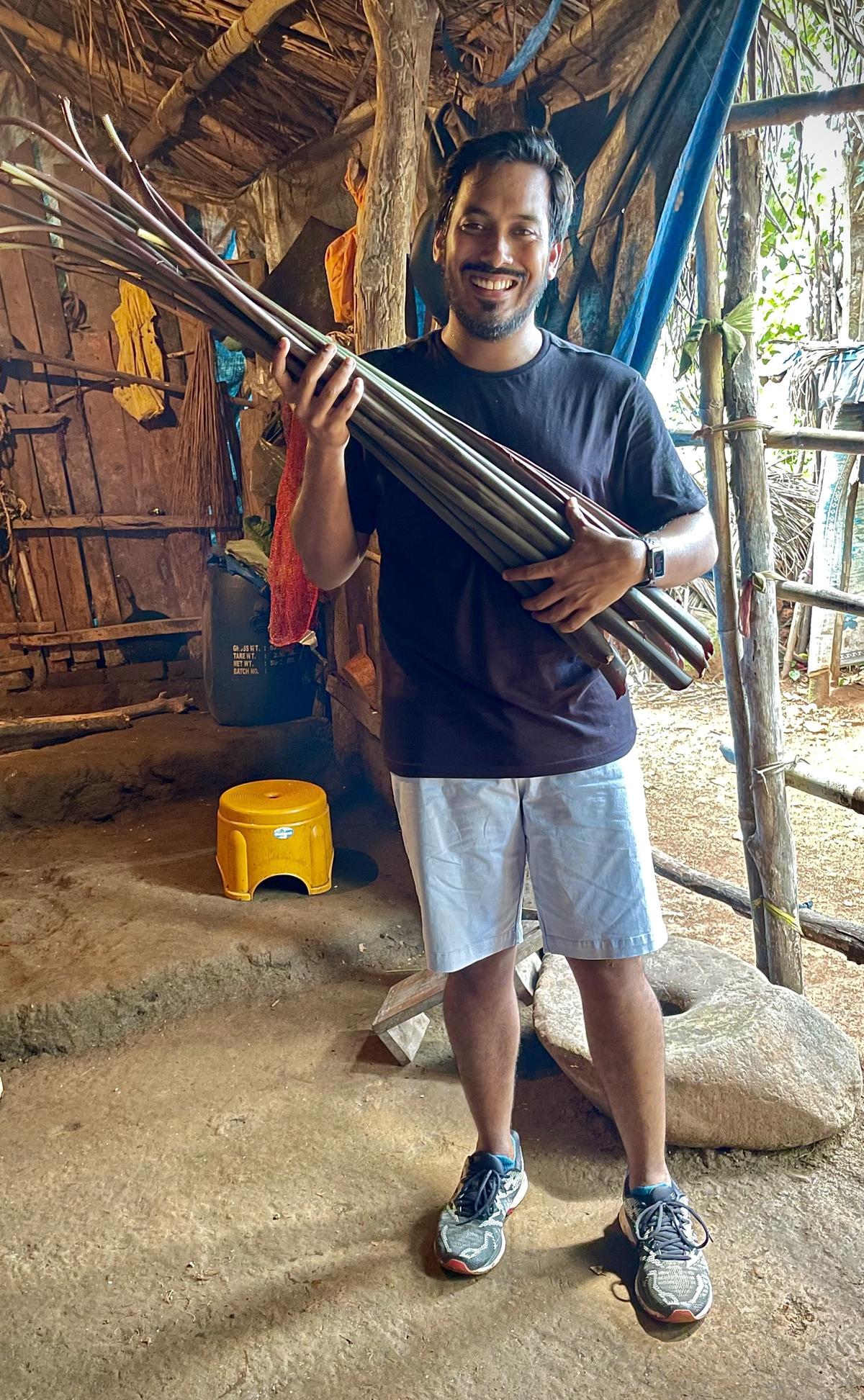
Zacharias holding wild taro stolons in Cotigao, Goa
During a recent food trip to Rajasthan, my hosts lamented that the tiny melon kachri, a drought-tolerant fruit once a hallmark of Rajasthani cuisine, is hardly cooked anymore. Specific varieties of commonly consumed vegetables are also becoming rare, such as the desi white corn being sidelined by the yellow Monsanto variety, commonly known as American corn.
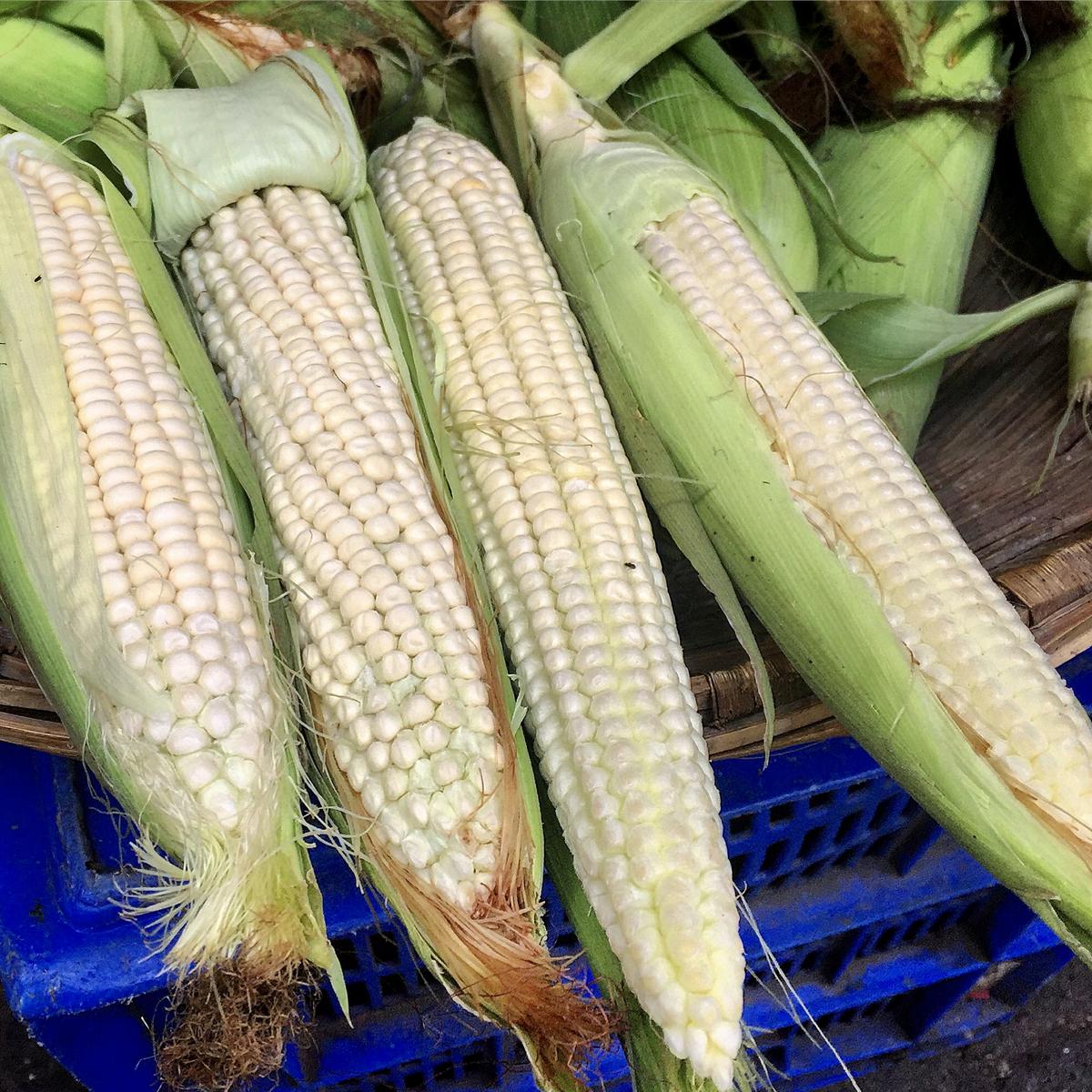
Desi white corn at Grant Road market in 2016. Zacharias hasn’t seen it at the market since.
| Photo Credit:
Thomas Zacharias

Project revival
The issue goes beyond declining consumer awareness or the homogenisation of our diets; we are losing our remarkable biodiversity, one avocado at a time. What is elusive today wasn’t so even a couple of decades ago, and it’s crucial that we acknowledge the impact of the climate crisis on our already fragile food systems. We’re already seeing early signs of this bleak future as many local vegetables are replaced by more commercially viable options. If we don’t act now, we risk losing these unique flavours and the cultural heritage they represent.
5 ways to begin
Educate yourself and others: Learn about different seasonal vegetables and share this knowledge through WhatsApp groups, social media, and in-person conversations. Each of us is an influencer in our own way, with circles of influence in our homes, social circles, and workplaces.
Visit local markets weekly: The vibrant colours and fresh aromas in your mandi offer an experience far removed from the sterile aisles of supermarkets or the convenience of instant delivery platforms.
Have a conversation with your local vegetable vendor: Ask them what’s in season, and how to cook it. You might save yourself from an itchy predicament and uncover a delightful new dish in the process like shevlachi bhaji cooked with tiny
shrimp.
Experiment with new vegetables: Try vegetables you haven’t cooked with before. Discover the unique flavours and textures of water chestnuts, bamboo shoots and other monsoon produce local to your region.
Support restaurants that prioritise local produce: Restaurants such as Soam in Mumbai, The Farm in Chennai, or Sienna Store & Cafe in Kolkata.
As the founder of The Locavore, a platform championing local food and sustainability, I can tell you that there is still hope. We can actively protect and revive these precious foods by making conscious choices to support sustainable practices and embrace local and seasonal produce. This way, our plates remain diverse, our food systems stay resilient, and our culinary heritage thrives.
The writer is a chef who swapped his kitchen career to create meaningful impact through his platform, The Locavore.
#Stalking #wild #Chef #Thomas #Zacharias #elusive #monsoon #vegetables
